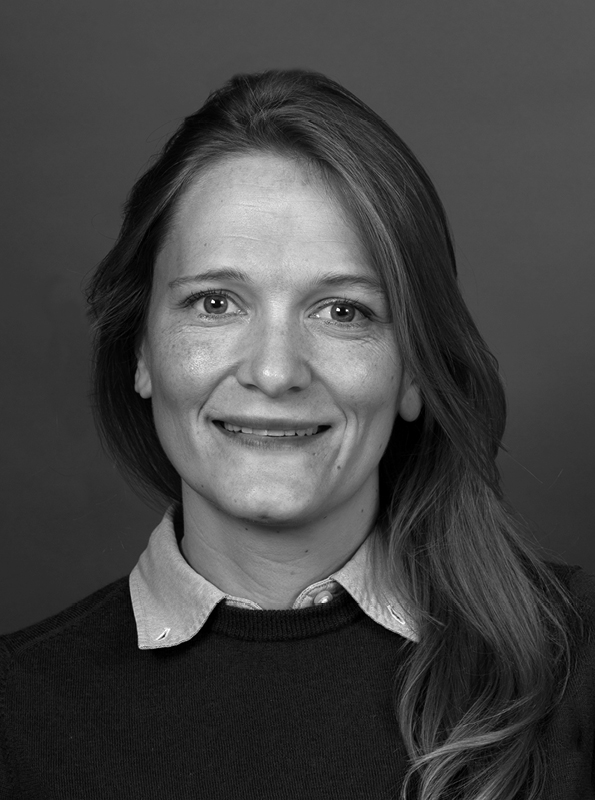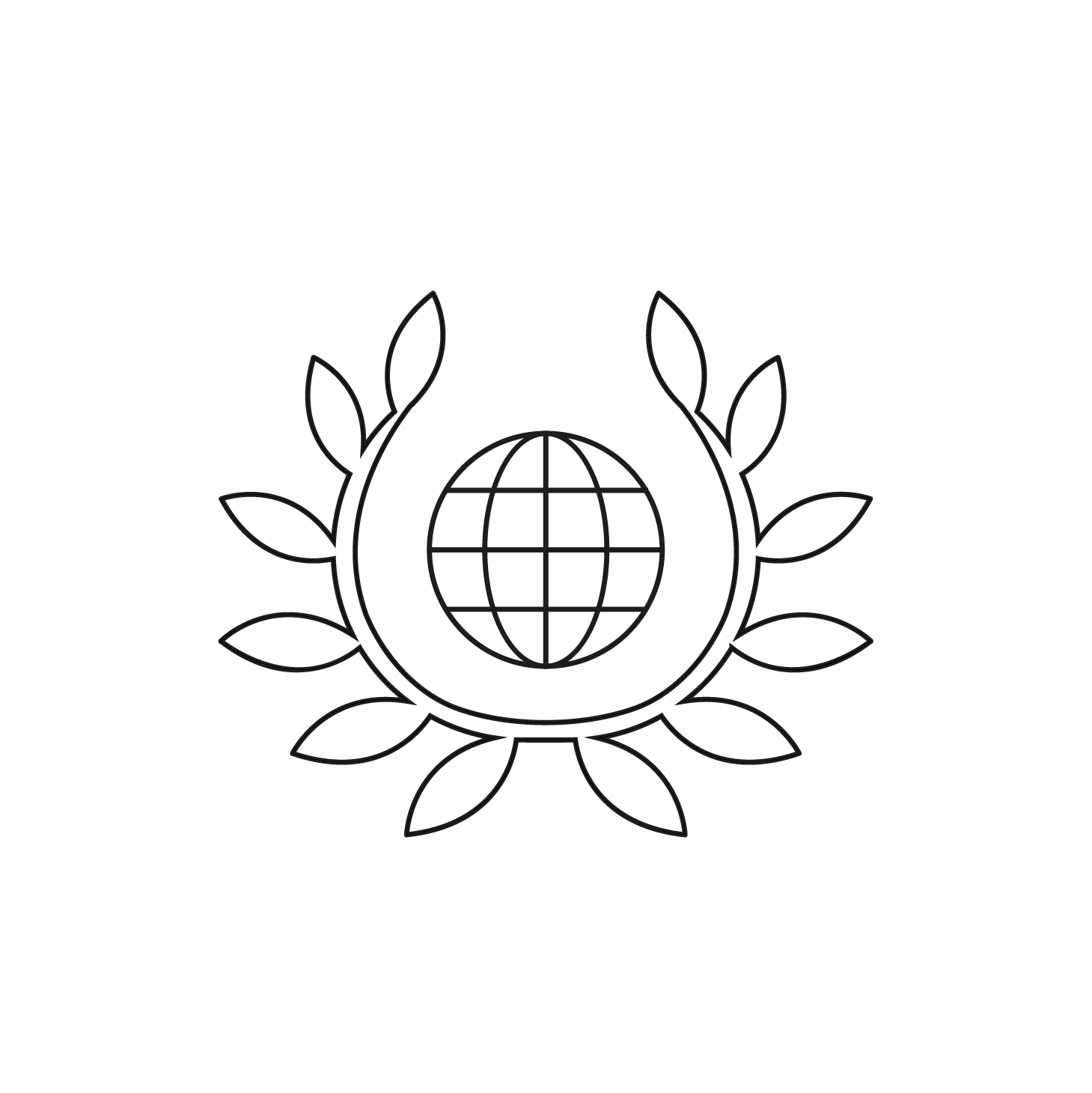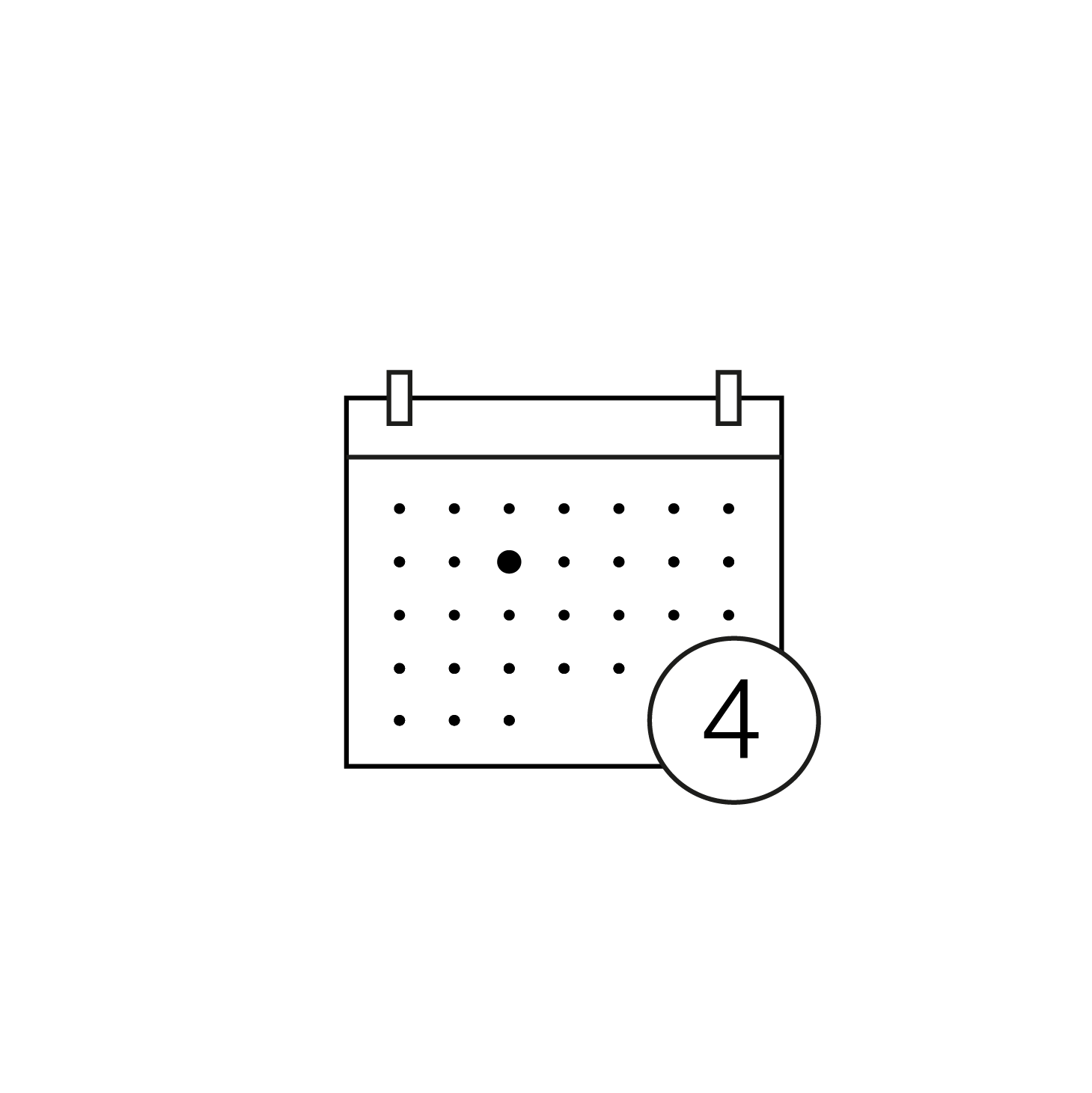Matilde Pérez was born on 7 December 1916 in Santiago, Chile. She attended art classes at the National University. It was during a trip to Paris in the early 1960s that she discovered kinetic art. She was then deeply marked by the artistic production of Victor Vasarely and decided to turn her attention to the study of movement. Her research explores the visual experience of movement and the effects that colours and abstract forms can have on the viewer’s perception.
Upon returning to Chile, she continued her research and began to integrate new materials such as wood, iron and light installations into her work. It is by presenting works essentially based on optical illusions that she becomes one of the major figures of modern art and especially kinetic art in Chile. In 1969, she fully launched the movement by inaugurating the first Chilean kinetic art group. She then continued to develop the movement by creating the Visual Investigation Centre at the University of Chile in 1975.
See more
In the course of her career, she has exhibited internationally on numerous occasions and received several awards. She participates in exhibitions at the Museum of Contemporary Art in Santiago, the Reina Sofia Museum in Madrid and a retrospective exhibition is dedicated to her at the Pinta in London. She received the Altazor Award in 2004 and the Academia Prize in 2013. The BBC has categorised her as “one of the most recognised women on the international art scene”. She has undoubtedly distinguished herself on the Chilean art scene through her research in the field of optical art.








